STE. GENEVIEVE’S PREMIUM HOME WINDOW TINTING FOR RESIDENTIAL COMFORT
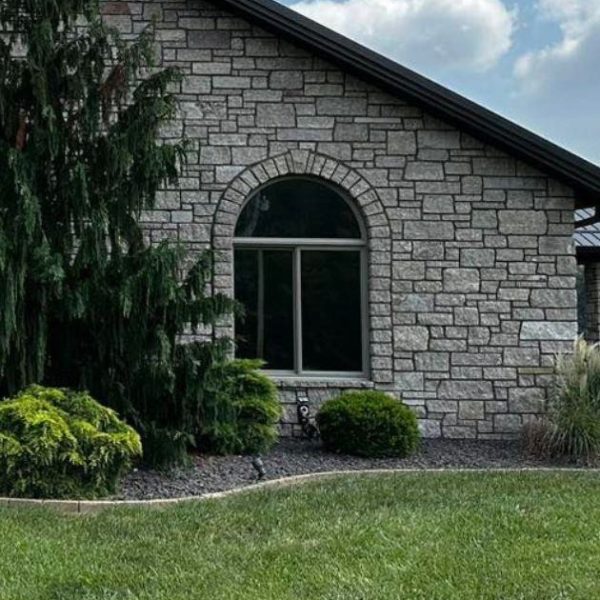
HOW DOES HOME WINDOW TINT WORK?

Home window tint works by applying a thin film to the surface of the windows. This film contains UV-blocking agents that either reflect or absorb solar heat. As a result, it effectively reduces heat gain, prevents the fading of furnishings, and enhances privacy while still allowing plenty of natural light to enter.
ABOUT STE. GENEVIEVE, MO
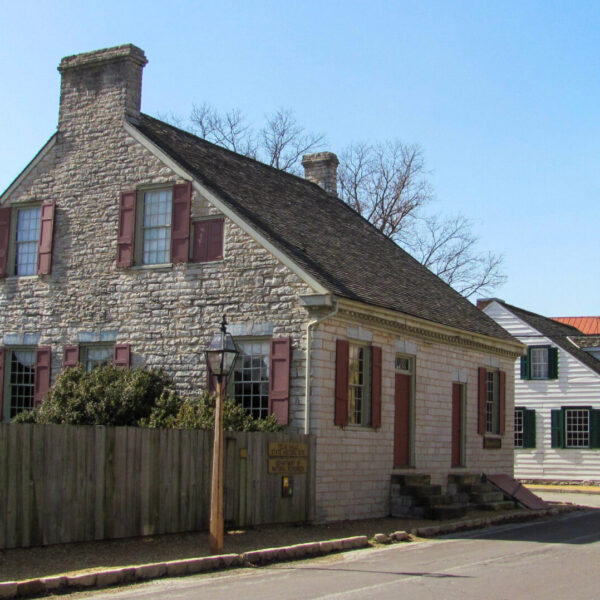
Known as one of the oldest towns in southeastern Missouri, Ste. Genevieve is famous for its charming French Colonial buildings and historic district, which includes the notable Felix Vallé House. The town highlights its rich cultural background through various events, such as the Ste. Genevieve Heritage Festival showcases a vibrant arts scene. With its beautiful parks and forests, Ste. Genevieve presents an appealing combination of historical significance and outdoor activities.
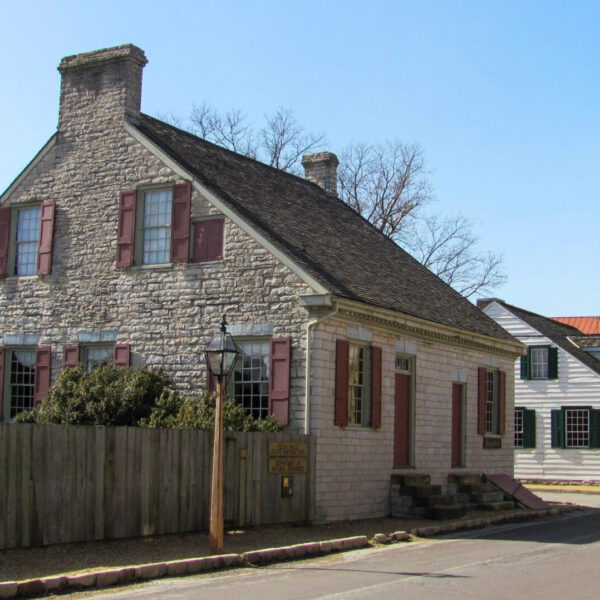
IS IT WORTH IT TO APPLY HOME WINDOW TINT?
There are various benefits to applying home window tint. It enhances privacy, reduces energy costs by blocking heat, protects against harmful UV rays, and helps extend your furniture’s lifespan.
Keep Furniture from Fading
Home window tinting protects furniture from fading by filtering UV rays, maintaining the vibrant colors of your decor, and prolonging its lifespan while fostering a comfortable, energy-efficient home environment.
Optimize Indoor Temperature
Home window tinting can significantly enhance interior temperature by reducing heat gain and loss, boosting energy efficiency, and fostering a more comfortable living space while saving on cooling and heating costs.
Improve Safety
Residential window tinting enhances safety by boosting privacy, reducing visibility from the outside, deterring potential burglars, and safeguarding your home from UV rays and glass damage in case of an accident.
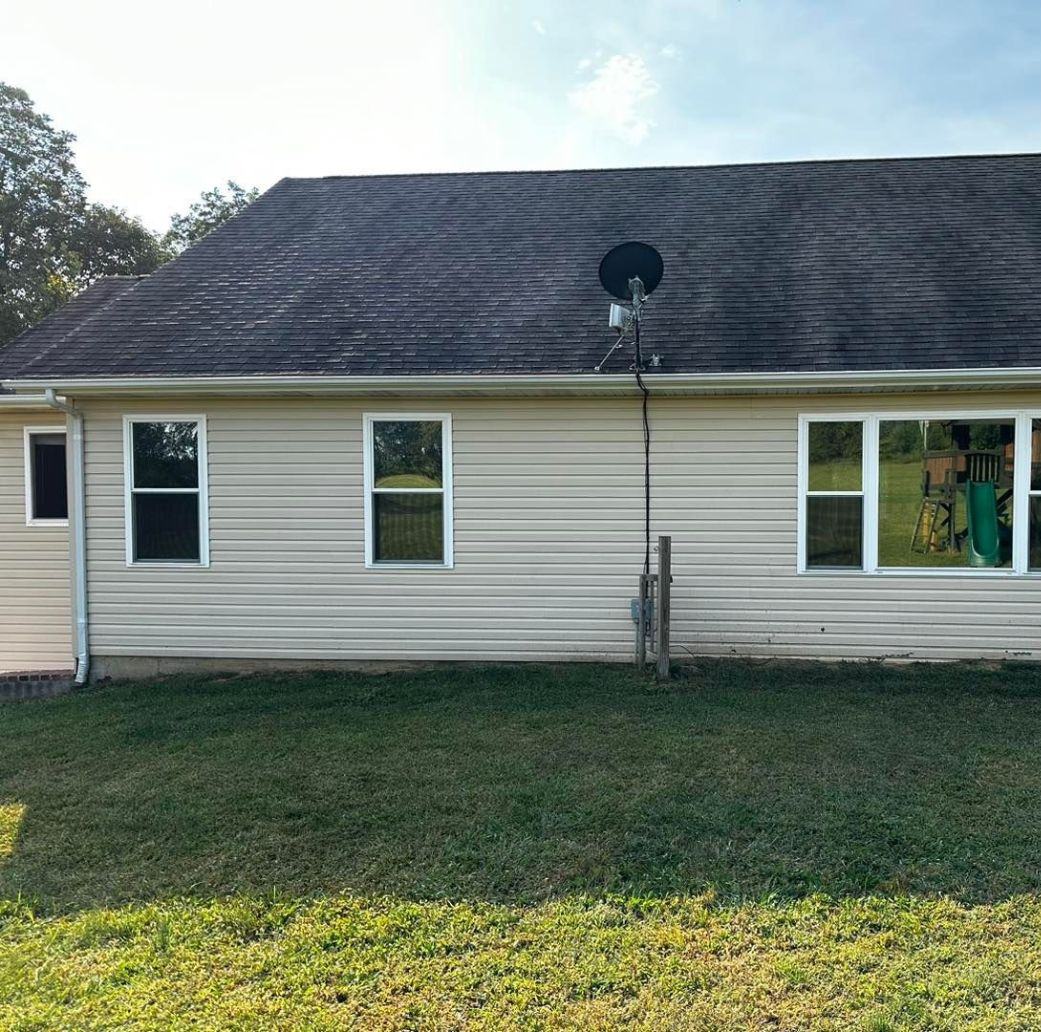
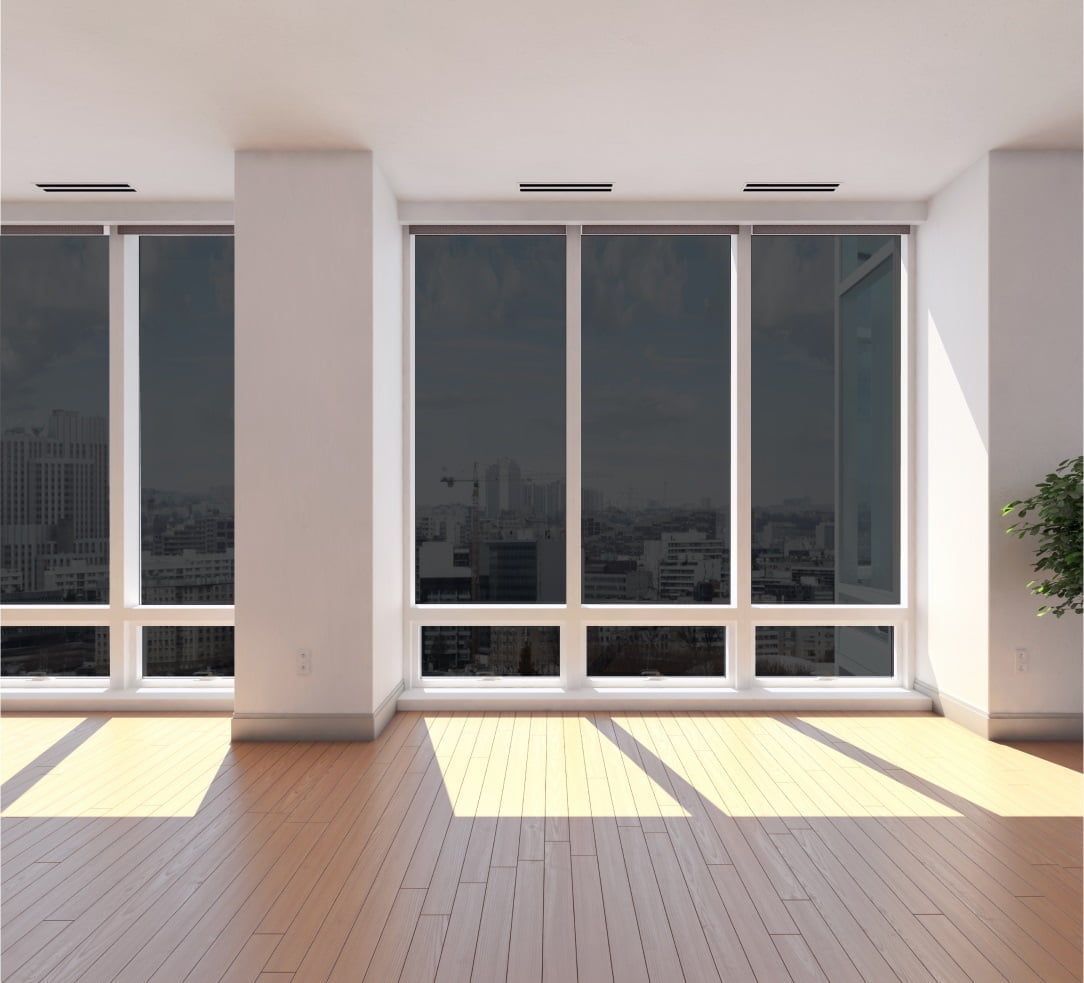
Solar bronze 20%
- VLT 19%
- Absorption 40%
- Transmission 11%
- Reflection49%
- Visible Reflection Int34%
- Visible Reflection Ext38%
- Glare Reduction80%
- SHGC.21
- TSER.79
- UV rejection99%
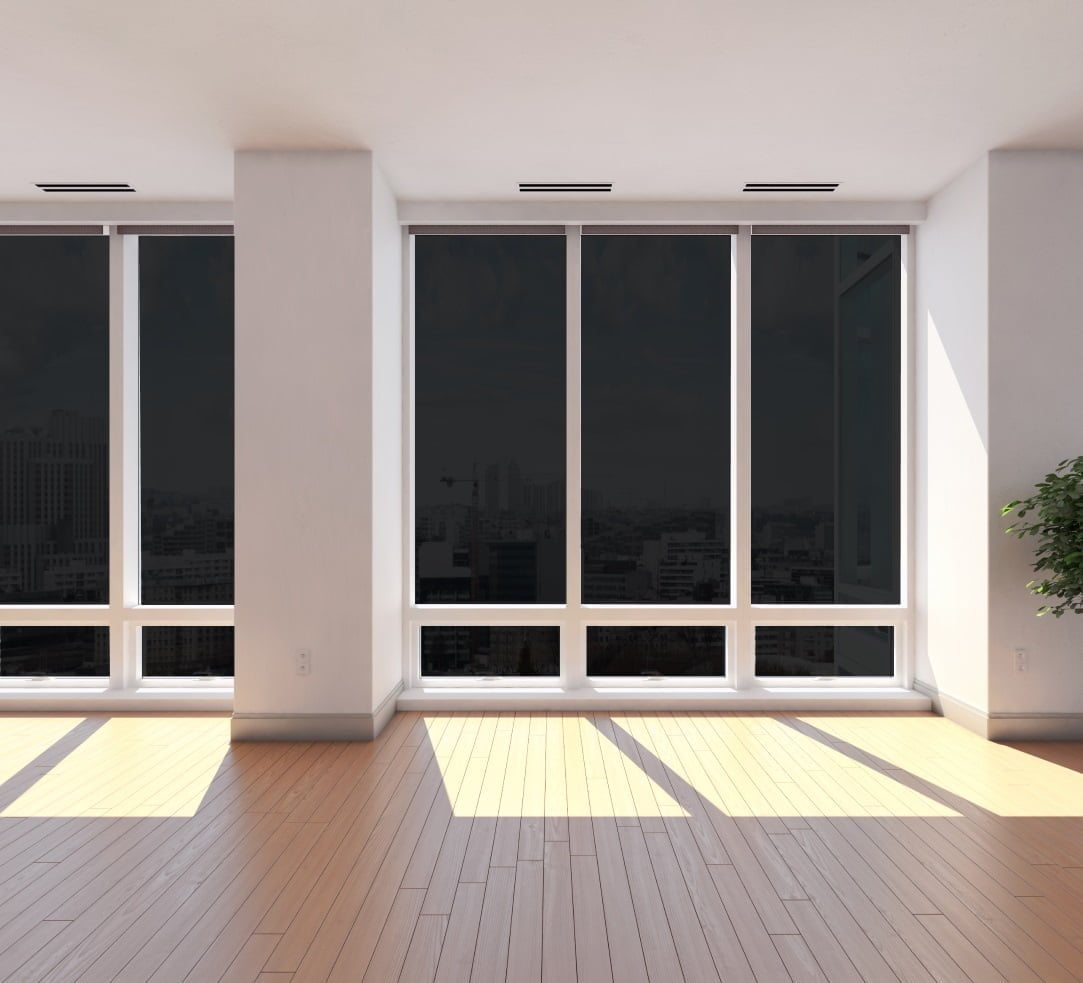
super alloy 5%
- Visible Light Transmission5%
- Visible Light Reflectance Interior16%
- Visible Light Reflectance Exterior58%
- Glare Reduction95%
- Shading Coefficient.18
- Total Solar Transmittance7%
- Total Solar Reflectance55%
- Total Solar Absorption38%
- Ultraviolet (UV) Rejection99.9%
- Emissivity.68
- Total Solar Energy Rejection87%
super alloy 15%
- Visible Light Transmission15%
- Visible Light Reflectance Interior23%
- Visible Light Reflectance Exterior53%
- Glare Reduction85%
- Shading Coefficient.27
- Total Solar Transmittance13%
- Total Solar Reflectance45%
- Total Solar Absorption42%
- Ultraviolet (UV) Rejection99%
- Emissivity.73
- Total Solar Energy Rejection78%
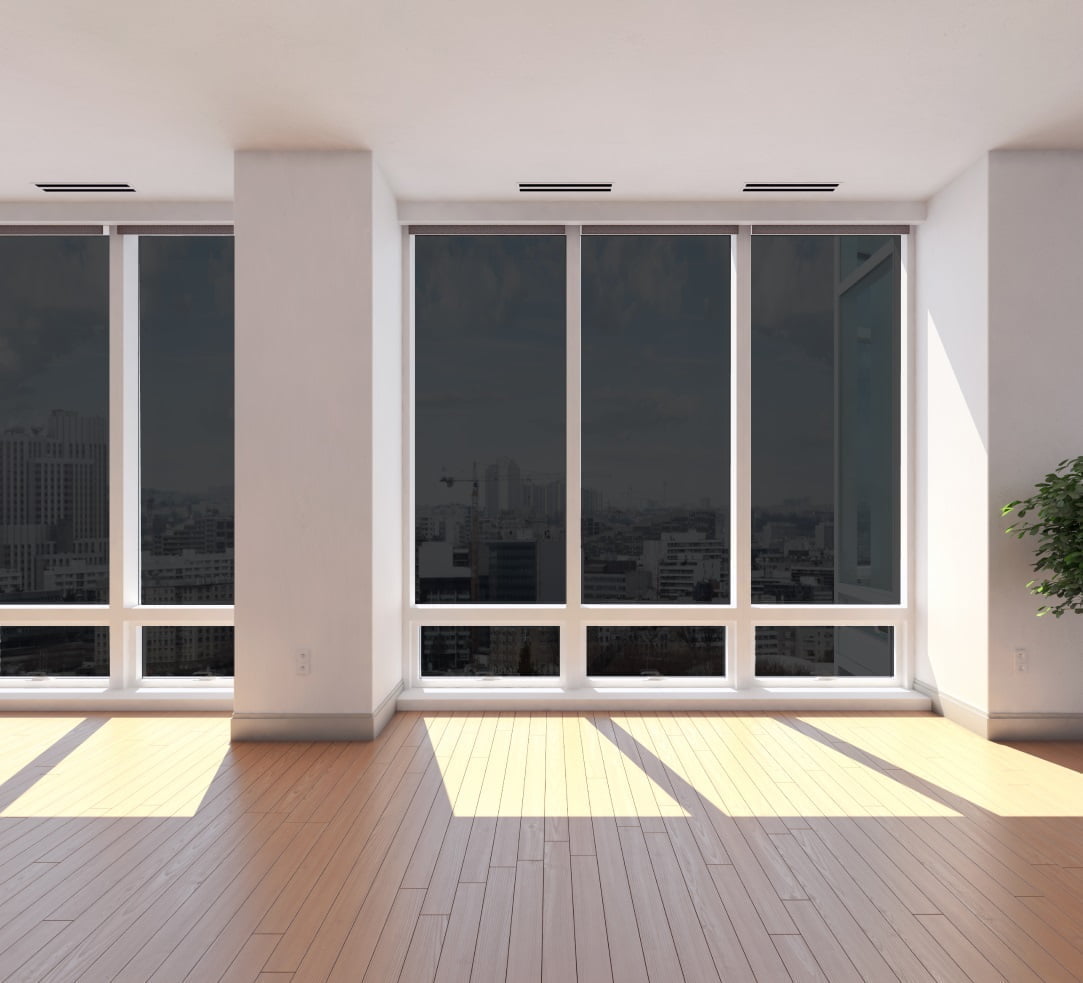
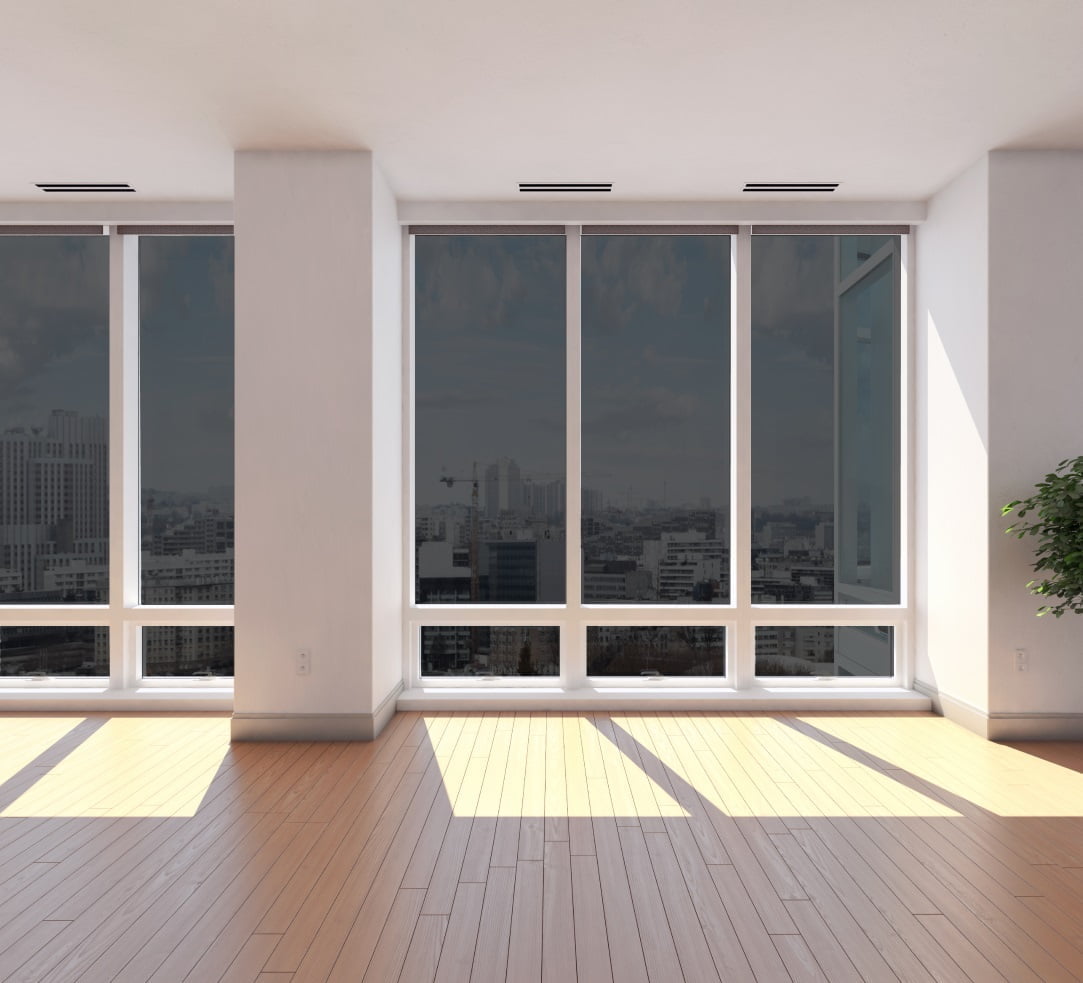
super alloy 25%
- Visible Light Transmission25%
- Visible Light Reflectance Interior20%
- Visible Light Reflectance Exterior35%
- Glare Reduction73%
- Shading Coefficient.35
- Total Solar Transmittance23%
- Total Solar Reflectance33%
- Total Solar Absorption44%
- Ultraviolet (UV) Rejection99%
- Emissivity.73
- Total Solar Energy Rejection78%
super alloy 35%
- Visible Light Transmission36%
- Visible Light Reflectance Interior7%
- Visible Light Reflectance Exterior14%
- Glare Reduction57%
- Shading Coefficient.61
- Total Solar Transmittance38%
- Total Solar Reflectance12%
- Total Solar Absorption50%
- Ultraviolet (UV) Rejection99.9%
- Emissivity.81
- Total Solar Energy Rejection47%
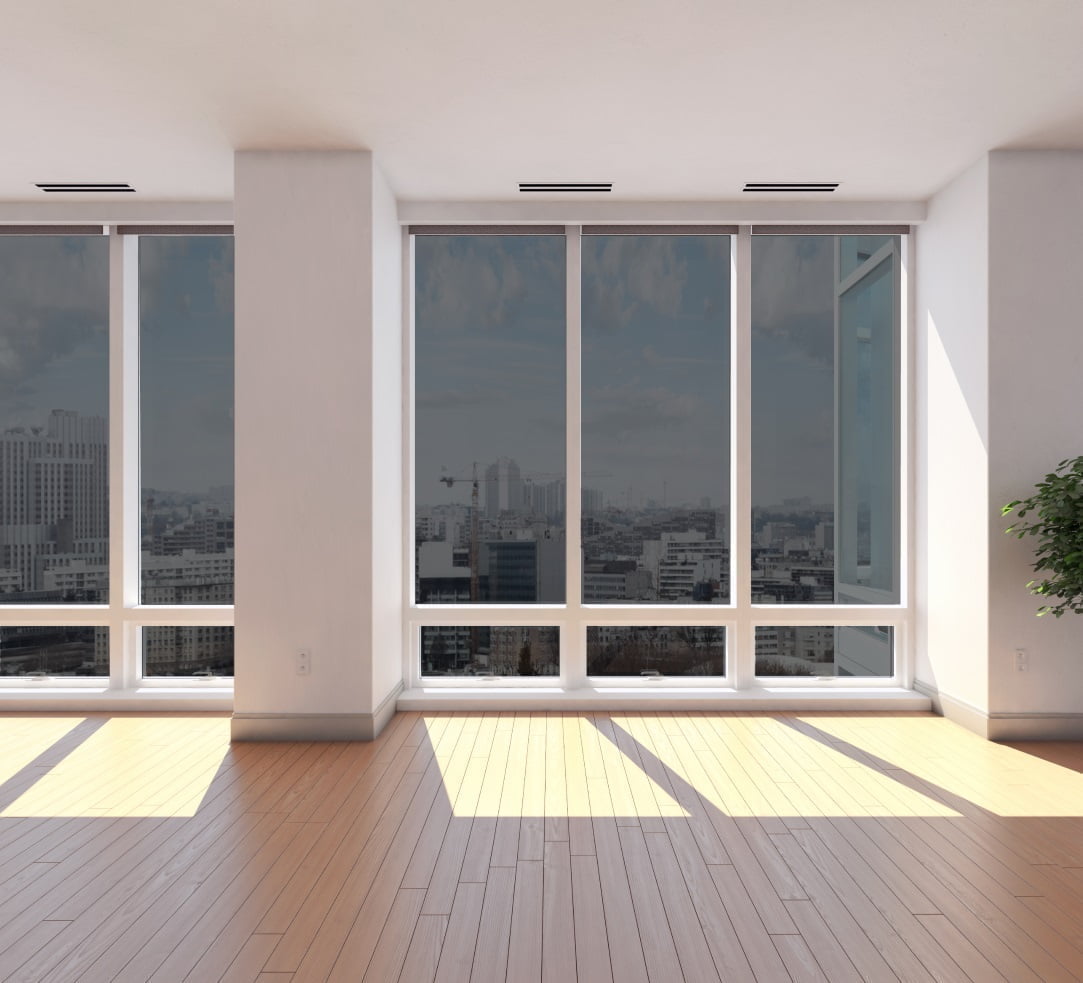
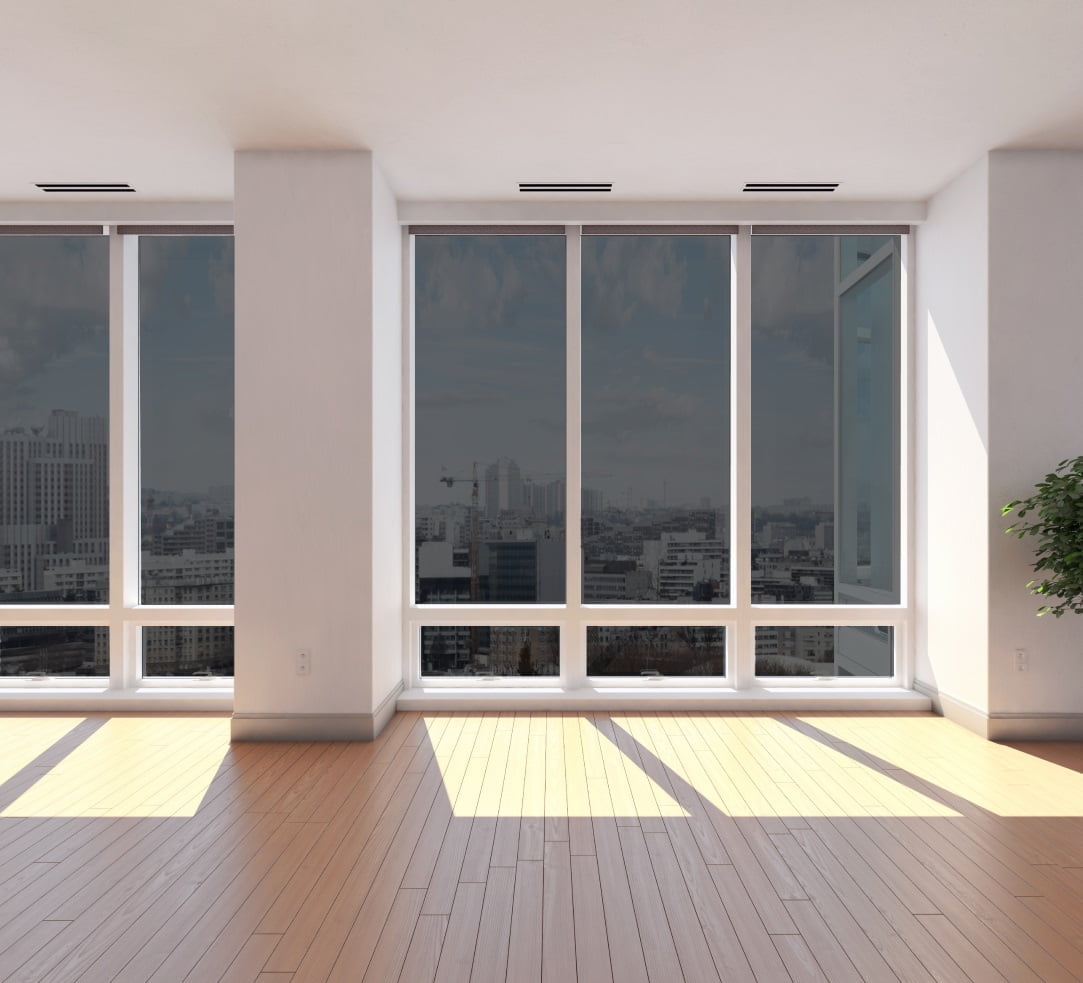
Geo 30%
- Visible Light Transmission32%
- Visible Light Reflectance Interior13%
- Visible Light Reflectance Exterior13%
- Glare Reduction64%
- Shading Coefficient.46
- Total Solar Transmittance25%
- Total Solar Reflectance20%
- Total Solar Absorption55%
- Ultraviolet (UV) Rejection99%
- Infrared (IR) Rejection81%
- Total Solar Energy Rejection60%
Geo 40%
- Visible Light Transmission43%
- Visible Light Reflectance Interior11%
- Visible Light Reflectance Exterior11%
- Glare Reduction51%
- Shading Coefficient.56
- Total Solar Transmittance33%
- Total Solar Reflectance17%
- Total Solar Absorption50%
- Ultraviolet (UV) Rejection99%
- Infrared (IR) Rejection65%
- Total Solar Energy Rejection53%
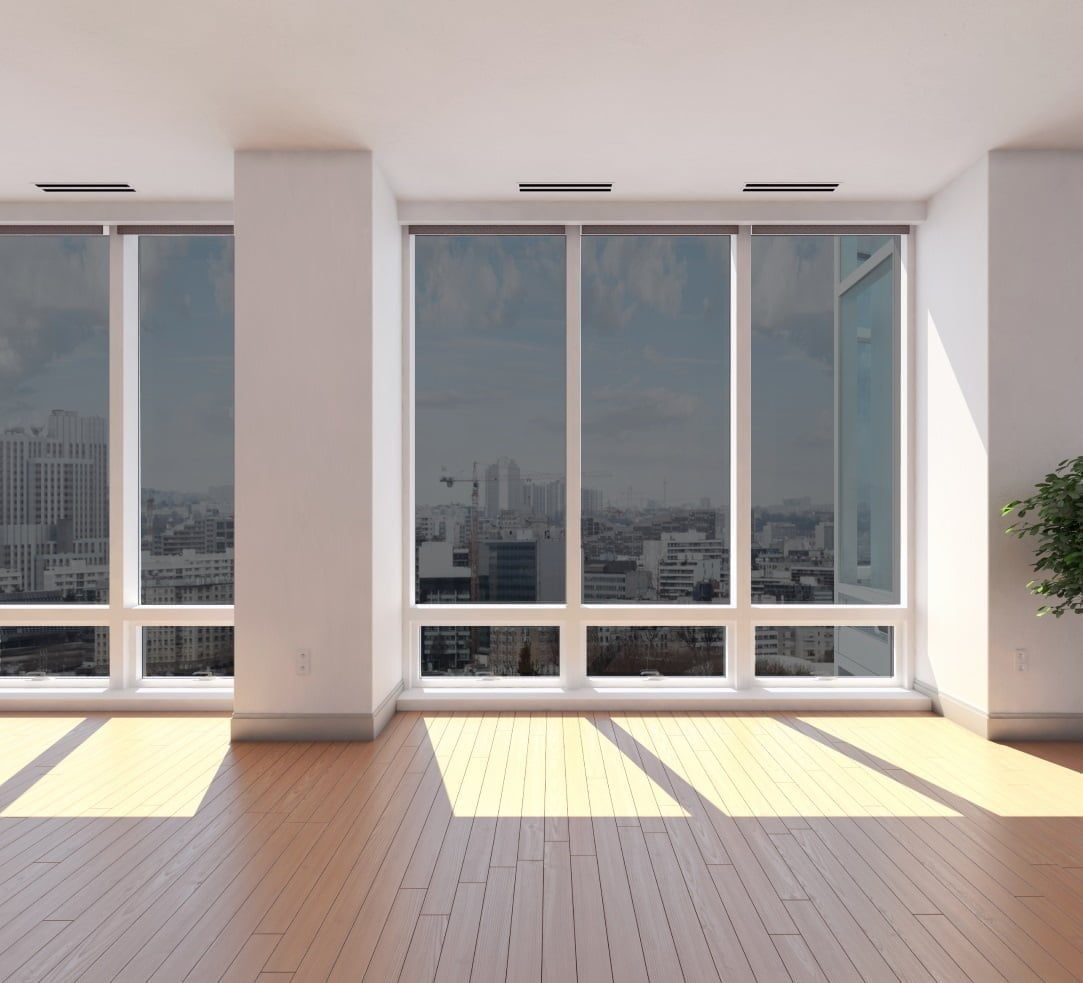
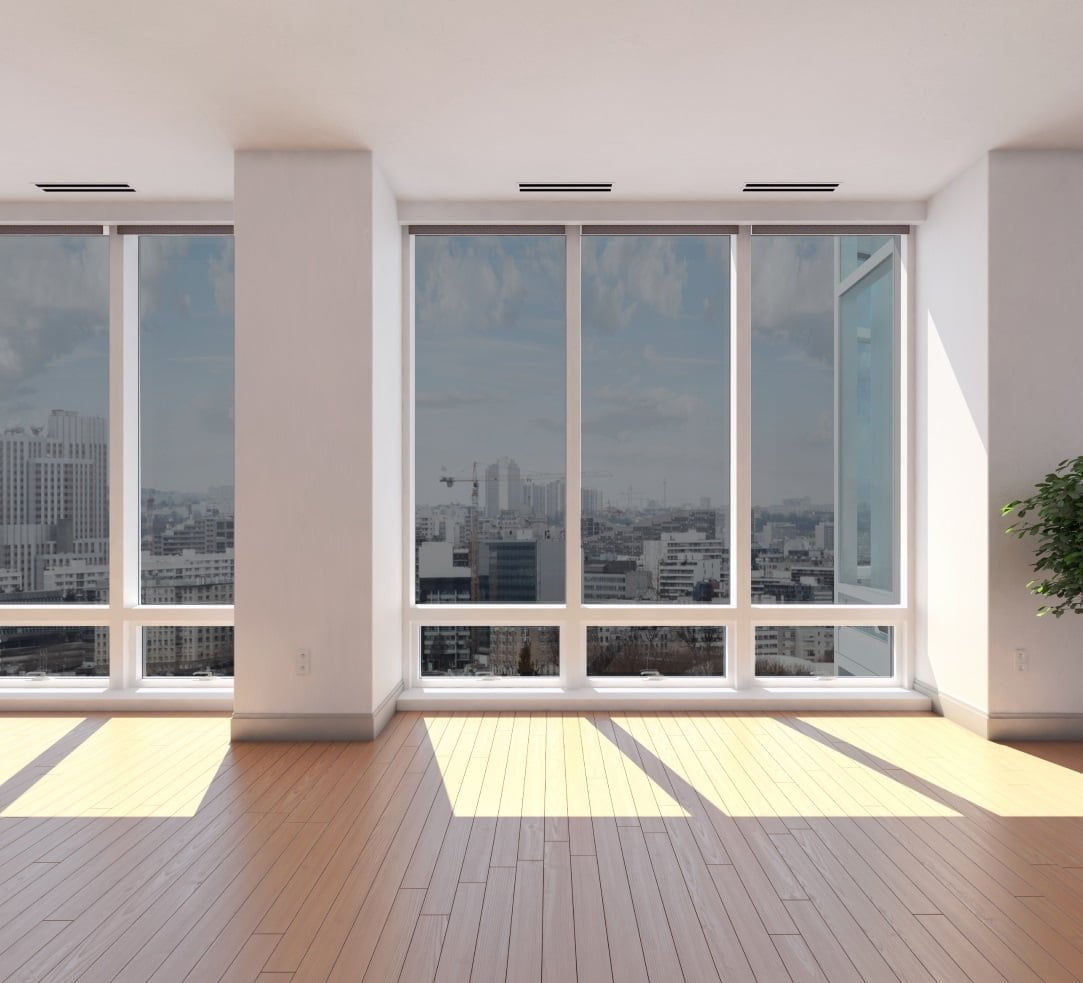
geo 50%
- Visible Light Transmission51%
- Visible Light Reflectance Interior10%
- Visible Light Reflectance Exterior10%
- Glare Reduction42%
- Shading Coefficient.63
- Total Solar Transmittance42%
- Total Solar Reflectance15%
- Total Solar Absorption43%
- Ultraviolet (UV) Rejection99%
- Infrared (IR) Rejection66%
- Total Solar Energy Rejection47%
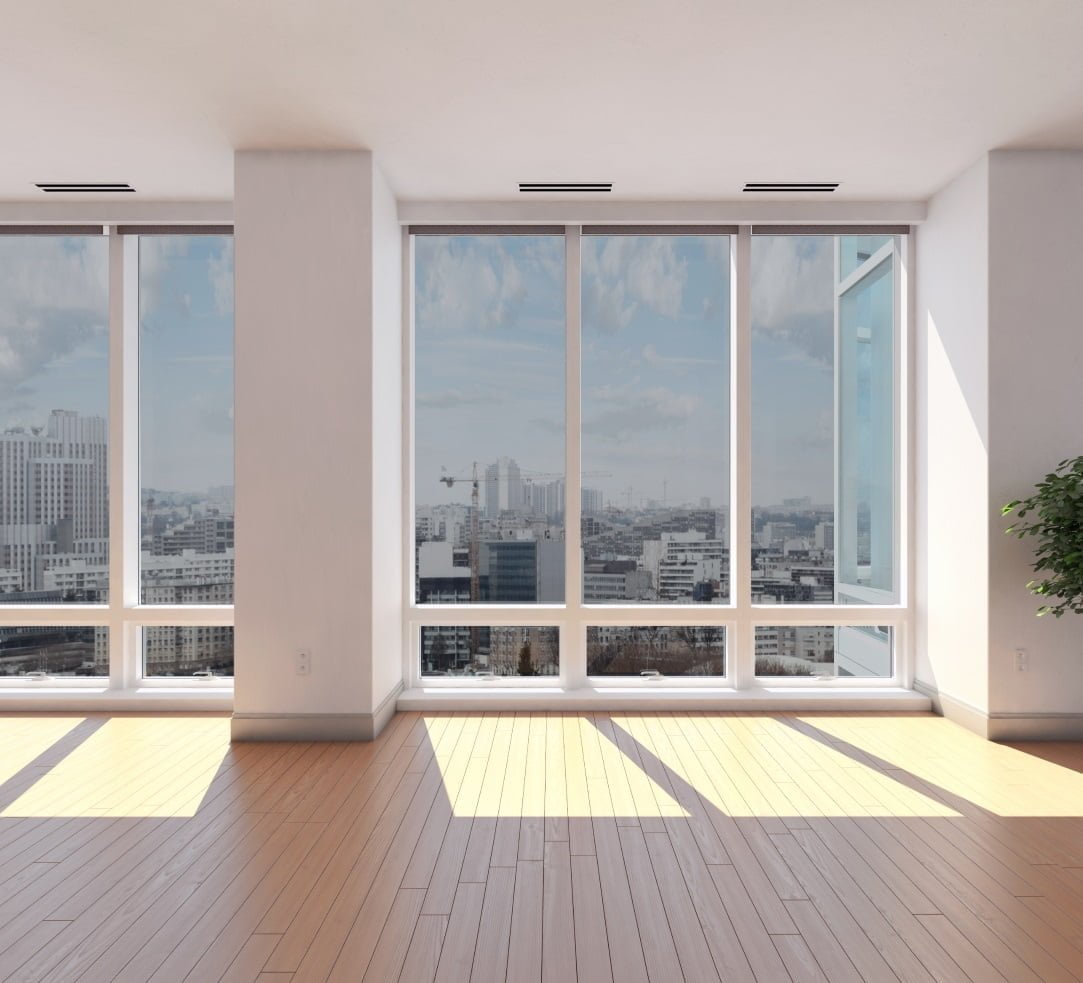
ProNano Ultra 70%
- Visible Light Transmission70%
- Visible Light Reflectance Exterior8%
- Solar Energy Transmittance35%
- Solar Energy Reflectance7%
- Solar Energy Absorbance58%
- UV Transmittance<1%
- Total Solar Energy Rejected49%
- Shading Coefficient0.59
- SHGC0.51
- Glare Reduction23%
- NIR Blocking at 1025nm88%
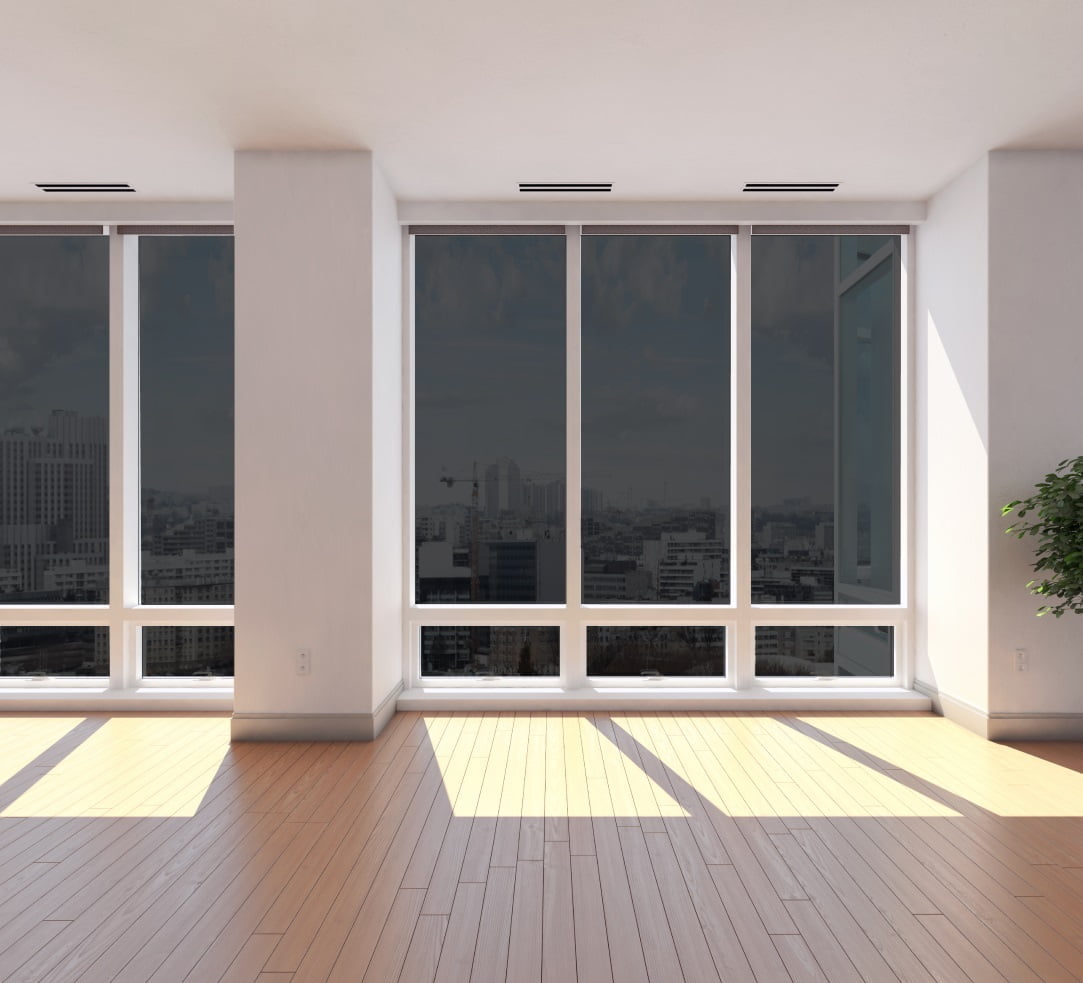
Lunar 20%
- Visible Light Transmission23%
- Solar Transmission28%
- Solar Reflection22%
- Solar Absorption50%
- Visible Light Reflection Int16%
- Visible Light Reflection Ext11%
- Total Solar Energy Rejected60%
- Solar Heat Gain Coefficient0.40
- IR Rejection71%
- UV Rejection99%
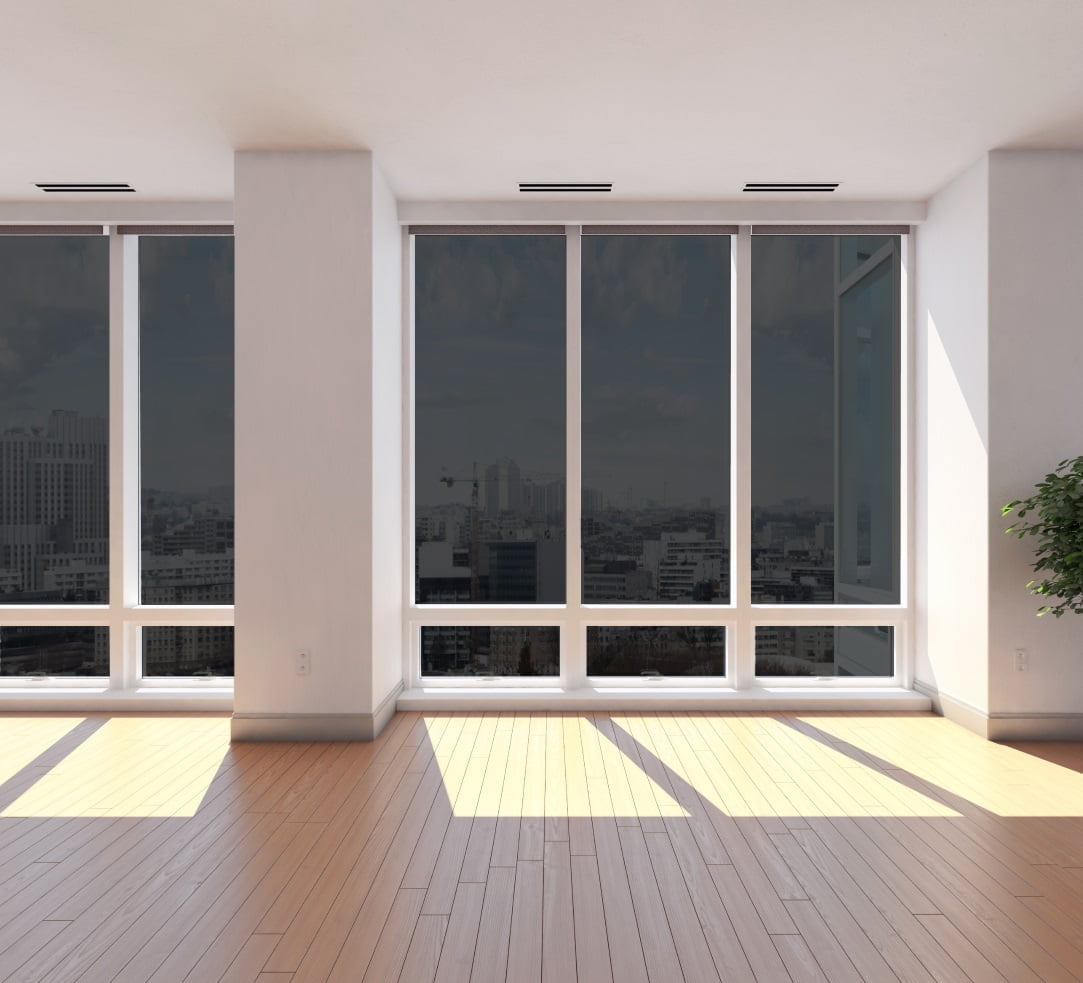
Interior Films 20/20
- Visible Light Transmission20%
- Visible Light Reflectance Interior30%
- Visible Light Reflectance Exterior29%
- Glare Reduction54%
- Shading Coefficient0.36
- Total Solar Transmittance18%
- Total Solar Reflectance23%
- Total Solar Absorption59%
- Ultraviolet (UV) Rejection99.99%
- Emissivity.84
- Total Solar Energy Rejection67%
Exterior Films 20/20
- Visible Light Transmission20%
- Visible Light Reflectance Interior26%
- Visible Light Reflectance Exterior30%
- Glare Reduction59%
- Shading Coefficient.39
- Total Solar Transmittance18%
- Total Solar Reflectance31%
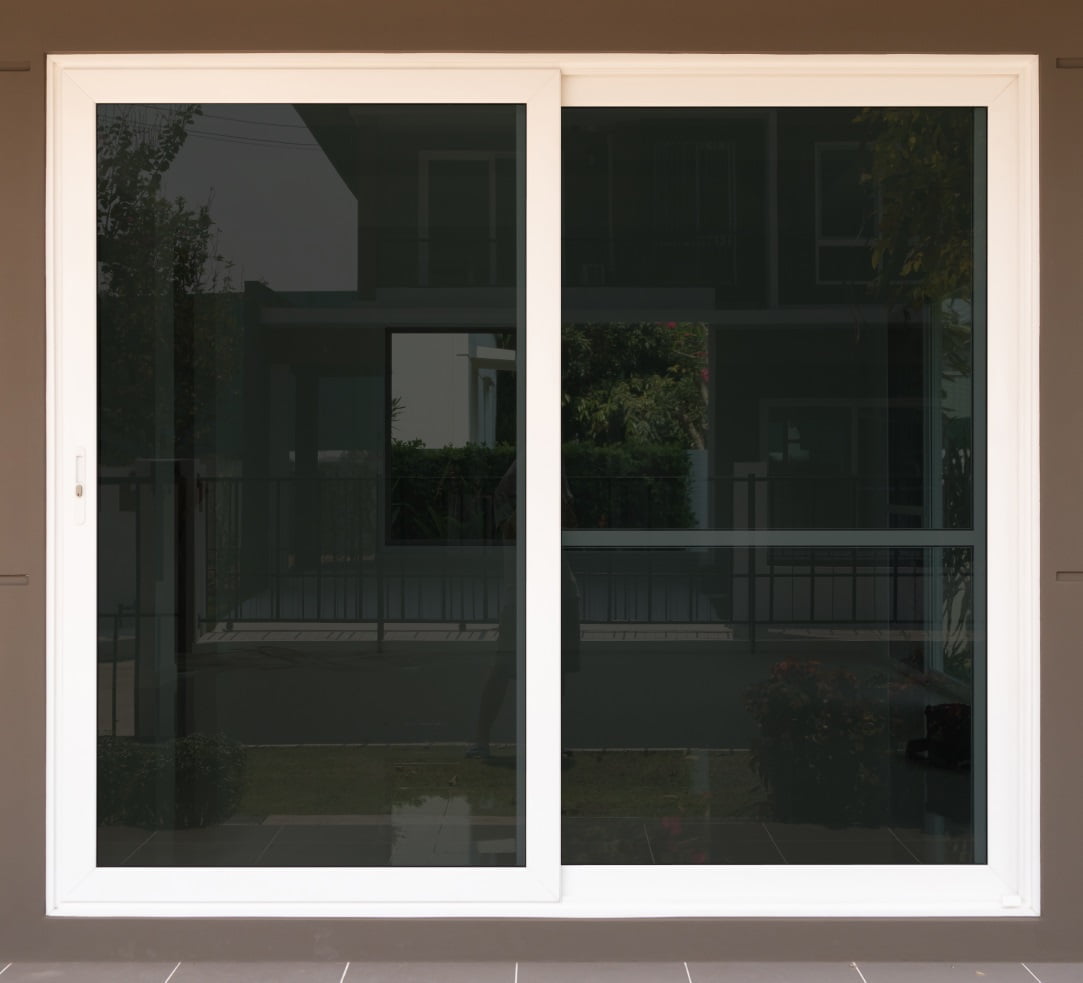
Vehicle Type
Window Tints
| Front | |||||||||
| Side | |||||||||
| Back | |||||||||
| Windshield* | |||||||||
Vehicle Color
Our hoME window tinting PACKAGES
FAQS
Yes, window tint can be removed, but it’s best done by a professional to avoid damaging the glass.
The application process typically involves cleaning the window thoroughly, measuring and cutting the film to size, and then applying it using a solution that allows for repositioning before it adheres.
Most window tints are designed to maintain visibility at night. However, darker tints may reduce the ability to see outside during the evening when it’s darker inside.
BOOK YOUR APPOINTMENT TODAY!
Boost your home’s elegance and protect your interiors with Cloud 9 Tint Studio and Auto Spa’s Home Window Tinting services! Contact us at (573)-900-2103 or (573) 570-4470, or stop by 111 South West St, Perryville, MO 63775 to schedule your appointment.
